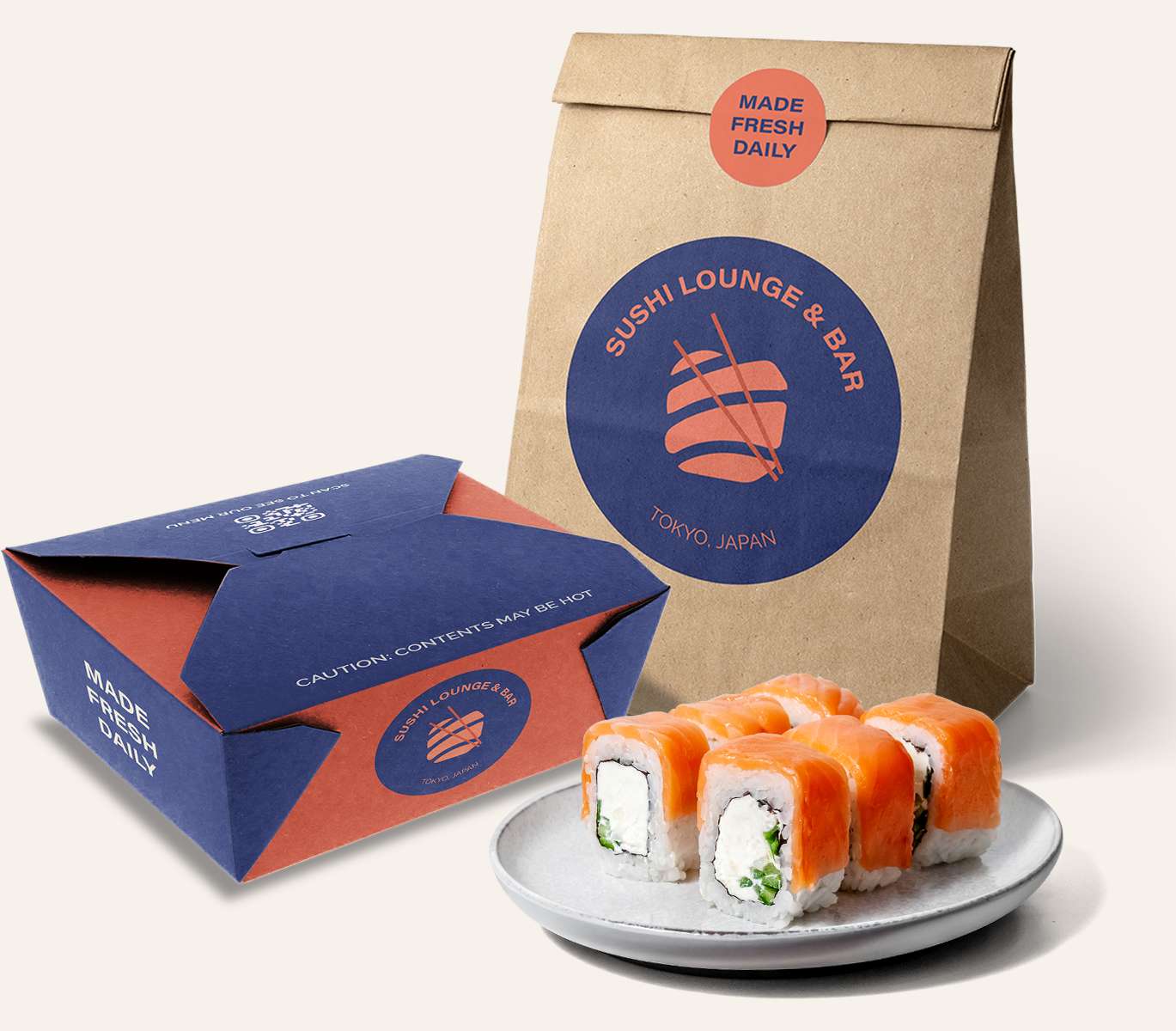The Versatile World of Foam Trays
Foam trays are an integral part of various industries, particularly in food packaging, medical supply, and retail. Known for their lightweight and durable properties, these trays are made from expanded polystyrene (EPS), a material that offers excellent insulation and protection. Their versatility makes them an optimal choice for a wide range of applications.
In the food industry, foam trays are predominantly used for packaging fresh produce, meats, poultry, and seafood. They provide a sanitary solution for transporting food items while maintaining freshness and preventing contamination. The structure of foam trays allows for cushioning, which helps protect fragile items and reduces the risk of spoilage. Their design often includes raised edges, which contain liquids and prevent spills, making them an essential item for butchers, fishmongers, and grocery stores alike.
One of the significant advantages of foam trays is their ability to insulate products. In addition to providing a protective barrier, they help maintain the correct temperature of perishable goods during transportation and storage. This insulation characteristic is crucial for ensuring that meat and seafood remain fresh until they reach the consumer. As a result, foam trays have become a standard in grocery stores and restaurants, contributing to food safety and quality.
foam trays

In the medical field, foam trays are a common sight for packaging medical supplies and devices
. They offer protection against physical damage and contamination, ensuring that sensitive items remain sterile during transit. Foam trays can be custom-made to fit specific products, providing tailored solutions that enhance safety and usability. Their lightweight nature means that shipping costs can be minimized without compromising the protection of the goods.Moreover, the retail sector also utilizes foam trays extensively. From electronics to consumer goods, these trays are used for packaging items to prevent damage during transportation and display. The ease of stacking foam trays allows retailers to optimize shelf space and facilitate inventory management. Additionally, foam trays can be printed with logos and branding, serving as an effective marketing tool that promotes brand visibility in stores.
Despite their numerous advantages, there are growing concerns about the environmental impact of foam trays. As consumer awareness regarding sustainability increases, many companies are seeking alternative packaging solutions. Biodegradable materials and recycling programs are being developed to address these concerns. Some manufacturers are even exploring foam trays made from recycled materials, which can help reduce plastic waste and its effects on the environment.
In conclusion, foam trays serve as essential packaging solutions across various industries. Their durability, insulation properties, and versatility make them a go-to choice for food producers, medical suppliers, and retailers. However, the challenge of environmental sustainability continues to loom, pushing the industry to innovate and adapt to more eco-friendly practices. As we move forward, it is vital to balance functionality with environmental responsibility, ensuring that foam trays can remain a valuable asset while also being mindful of their impact on the planet.



